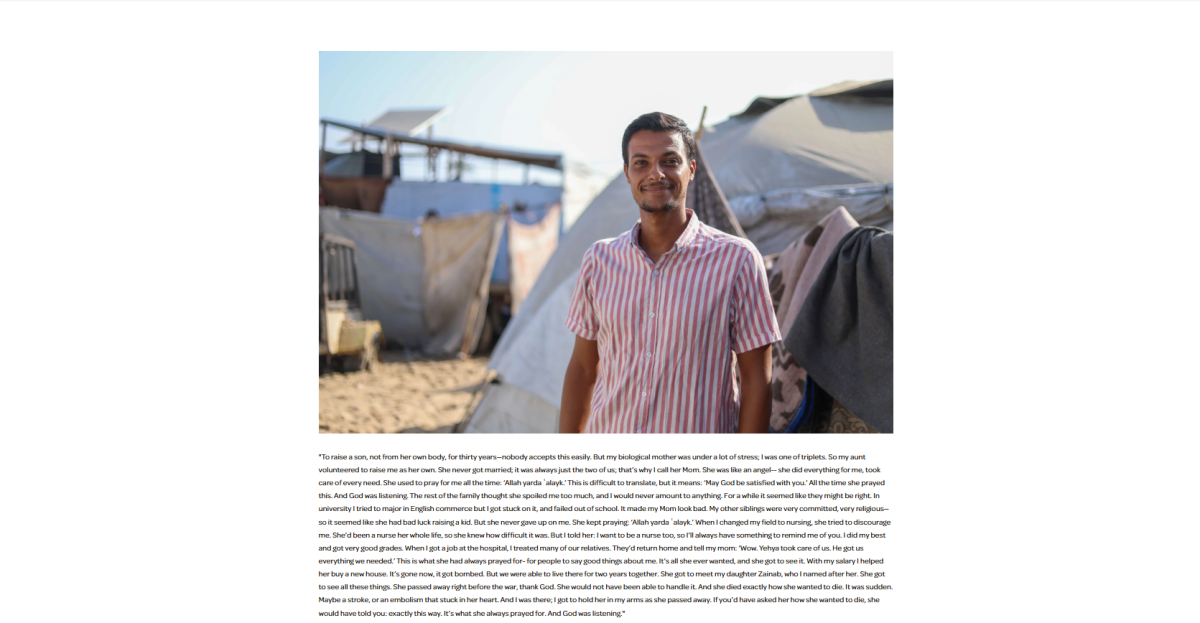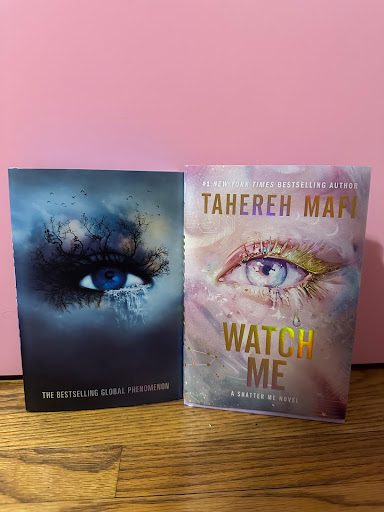Communication is just a tap away. Snapchat has become a popular app among adolescents. With over 400 million daily active users, Snapchat offers features like colorful filters and playful Bitmojis to create a fun, casual digital space that differentiates from other texting apps through disappearing messages that attempt to mimic real-life conversations. But behind the lighthearted features lies a dark reality–one that poses a threat to young users’ safety and well-being.
One of the most alarming trends is the growing number of strangers connecting with teens on Snapchat to sell illegal substances. In late 2022, legal claims were filed by the Social Media Victims Law Center (SMVLC) and C.A. Goldberg PLLC, asserting that “Snapchat’s unique design features have created a vast online drug market for the sale of contaminated drugs that contributed to the 350% increase in fentanyl poisoning deaths among minors over the past three years.”
Drug dealers often disguise themselves as peers, using emojis and slang to lure users into purchasing deadly pills. With Snapchat’s messaging system, these transactions vanish before parents or law enforcement can intervene. In response to mounting legal pressure, Snapchat introduced the “Heads Up” feature, providing users with substance abuse prevention content when searching for drug-related terms.
One of the most concerning features of modern social media apps is location sharing, which can put users, especially minors, at significant risk. Snapchat’s “Snap Map” allows its users to share their real-time location with friends or, worse, with strangers. While it may seem like a harmless way to meet up, this feature can inadvertently expose users to stalking and predatory behavior. According to Fox News, a Georgia stalker used Snapchat to groom a 15-year-old girl before attacking her in her home. Such cases underscore the potential dangers associated with sharing one’s live location, especially with individuals met online.
The anonymity of Snapchat also makes it easier for predators to pose as other people. A tactic known as “catfishing” is used to manipulate, exploit, or abuse young users. In some cases, predators have built trust with teens over time, only to later exploit them through threats or explicit content sharing, which often escalates into sextortion, where victims are coerced into sending explicit images and then threatened with public exposure.
A tragic incident occurred when 16-year-old Carter Bremseth committed suicide after he was sextorted. “I really wonder if he felt like he was safer sending his picture out to somebody that wasn’t really a real person in his life, or so he thought. They just shamed him. They made him feel like he was a terrible person,” Carter’s mother, Jaime Bremseth, said in an interview with USA TODAY.
A private photo sent to a “trusted” friend can end up circulating among classmates or even strangers. While the app notifies users when something is screenshotted or screen recorded, people can still use other devices to capture images without triggering any alerts. The lack of supervision in these private spaces creates an environment where teens may feel pressured to engage in unsafe behavior and potentially suffer from cyberbullying. Some individuals take advantage of this feature to send hateful, threatening, and humiliating messages. Victims are left defenseless, unable to report or respond since the evidence vanishes as quickly as it’s received.
Parents, educators, and policymakers must collaborate to educate teens about online safety and advocate for stricter regulations. Awareness is the first step, because while Snapchat may seem like just another harmless app, its potential to endanger and ruin young lives is real. The responsibility lies not only with the app itself but also with adults to ensure that teens understand the dangers and how to navigate the digital world safely.

















